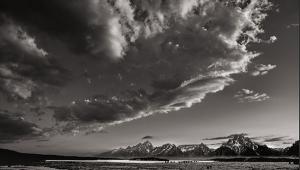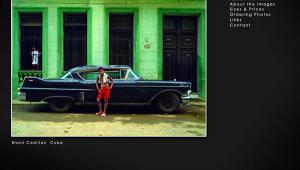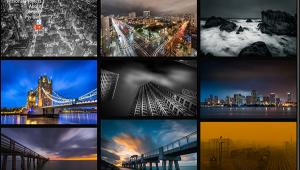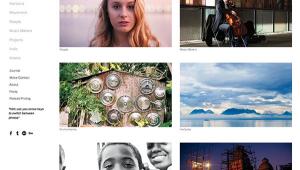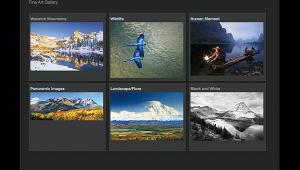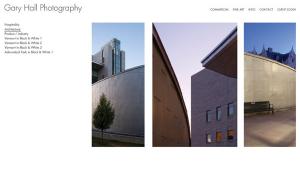Web Profiles
| With so many sites on the Internet, and very little information as to content, how do you find the really great web sites? Shutterbug is featuring this column, dedicated to finding the best photography-related sites and getting that information to you, the reader. But, we need your help to make this a success. Do you have a favorite web site that you'd like to share with other Shutterbug readers? If so, send the address, along with your comments and a brief description of the site, to us for possible publication. Comments are subject to editing. Mail your site suggestions to 5211 S. Washington Ave., Titusville, FL 32780 or e-mail them to editorial@shutterbug.net. http://www.farber.com |
